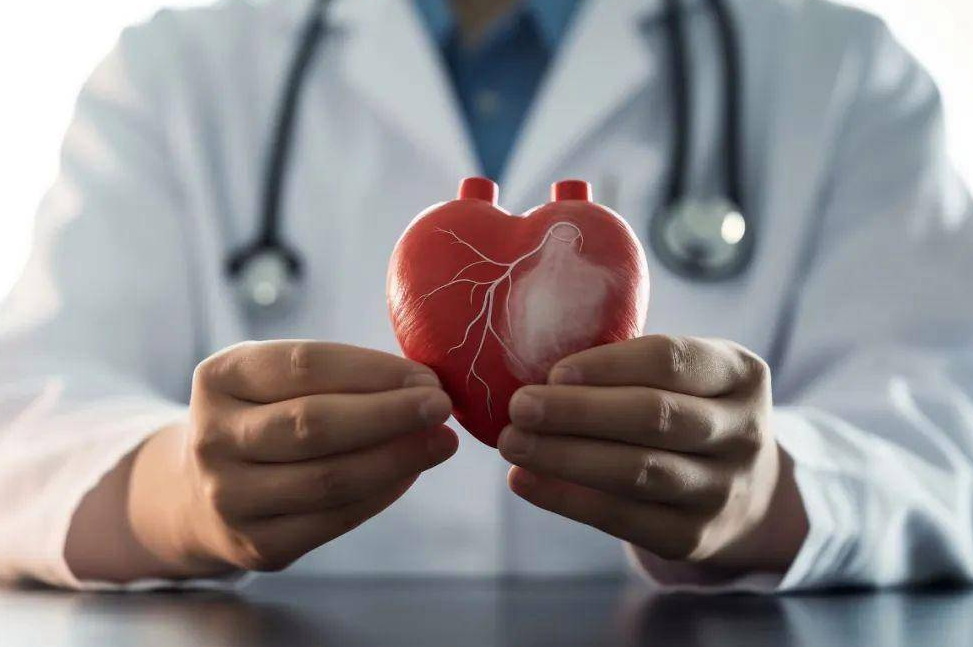
CPR procedures for children between the ages of 1 and adolescence are essentially the same as for adults and should follow CAB steps. The American Heart Association says there should be no delay in CPR for children and offers the following advice on how to perform CPR for children:
Pressure: Restore blood flow
If you are alone and you did not see your child collapse, perform chest compressions for about two minutes. Then call 911 or your local emergency number as soon as possible; If you have an AED, get it.
If you are alone and you see a child faint, call 911 or your local emergency number immediately. If you have an AED, get it first. Start CPR again. If there is someone else present, you can ask them to make a call and pick up the AED while you begin CPR.
Lay the child on his back on a hard flat surface.
Kneel beside the child.
Place two hands or one hand (if the child is very small) on the lower half of the child's sternum.
With one hand or the palms of both hands, push your chest vertically down about 5 centimeters (about 2 inches), but no more than 6 centimeters (about 2.4 inches). Press hard and fast, 100 to 120 times per minute.
If you are not trained in CPR, continue to perform chest compressions until the child shows signs of movement or an emergency responder is available. If you have CPR training, the next step is to open the airway and perform rescue breathing.
If you have CPR training, you can open your child's airway using the head lift after 30 chest compressions.
Place your palm on your child's forehead and gently tilt his or her head back.
Open the airway by gently lifting the child's chin forward with your other hand.
Breathing: Help your child breathe
Follow these steps to give your child mouth-to-mouth breathing.
After opening the airway using the head lift, pinch the child's nostrils. Cover your child's mouth with your mouth to create a seal.
Blow into the child's mouth for one second. Look for a bulge in the chest. If there is a bulge, give a second artificial respiration. If there is no chest bulge, then repeat the head lifting maneuver first. Then give a second mouth-to-mouth. Please note that the number of artificial breaths should not be too much, and the force of breathing should not be too large.
After two rescue breaths, immediately begin the next round of compressions and rescue breaths. Note: If two people can perform CPR on the child, change the rescuer every two minutes (or earlier if the rescuer is feeling tired) and give one or two rescue breaths every 15 compressions.
Once you get the AED, use it and follow the instructions. Children older than 4 weeks and younger than 8 years of age should use pediatric electrodes. If pediatric electrodes are not available, use adult electrodes. Shock once, then restart CPR, do chest compressions for 2 minutes, then administer a second shock. If you have not been trained in the use of an AED, an operator or other emergency medical operator may be able to guide you.
Continue to rescue until the child is able to move or other help arrives.
Performing cardiopulmonary resuscitation (CPR) for infants 4 weeks of age and older
Cardiac arrest in infants is usually due to lack of oxygen (for example, from choking). If you know the baby has airway obstruction, perform a choking emergency. If you do not know why the baby has stopped breathing, perform CPR.
First, assess the situation. Touch the baby and see if there is a reaction, such as any movement. Do not shake the baby.
If there is no response, call 911 or the local emergency number, then immediately perform CPR.
For infants under one year of age, follow the following compression, airway, and breathing methods. Do not use this procedure if you are a newborn (including a baby under 4 weeks old).
If you see that the baby has fallen into a coma and there is an AED device nearby, reach for the AED before starting CPR. If someone else is present, have them call for help and get an AED immediately so you can begin CPR on the baby at the same time.
Pressure: Restore blood flow
Place the baby on his or her back on a hard, flat surface, such as a table or floor.
Imagine drawing a horizontal line between a baby's two nipples. Place two fingers of one hand under this line, in the center of your chest.
Gently press your chest about 4 centimeters (about 1.5 inches).
Press at a faster pace while counting out loud. You should perform compressions at a rate of 100 to 120 compressions per minute, just like performing adult CPR.
Airway: Open the airway
After 30 compressions, lift the baby's jaw with one hand and gently push the baby's head down with the other hand.
Breathing: Help the baby breathe
Cover the baby's nose and mouth with your mouth.
Prepare for two rescue breaths. Blow gently with the power of your cheeks, rather than breathing deeply from your lungs. Breathe gently into the baby's mouth for one second at a time. Look for a bulge in the baby's chest. If it bulges, give a second rescue. If there is no chest bulge, repeat the head lift and chin manipulation, and then do a second artificial respiration.
If the baby still has no chest bulge, continue chest compressions.
Perform 2 rescue breaths after every 30 chest compressions. If two people are performing CPR at the same time, perform one or two rescue breaths after every 15 chest compressions.
Continue CPR until you observe vital signs or medical personnel arrive at the scene.

